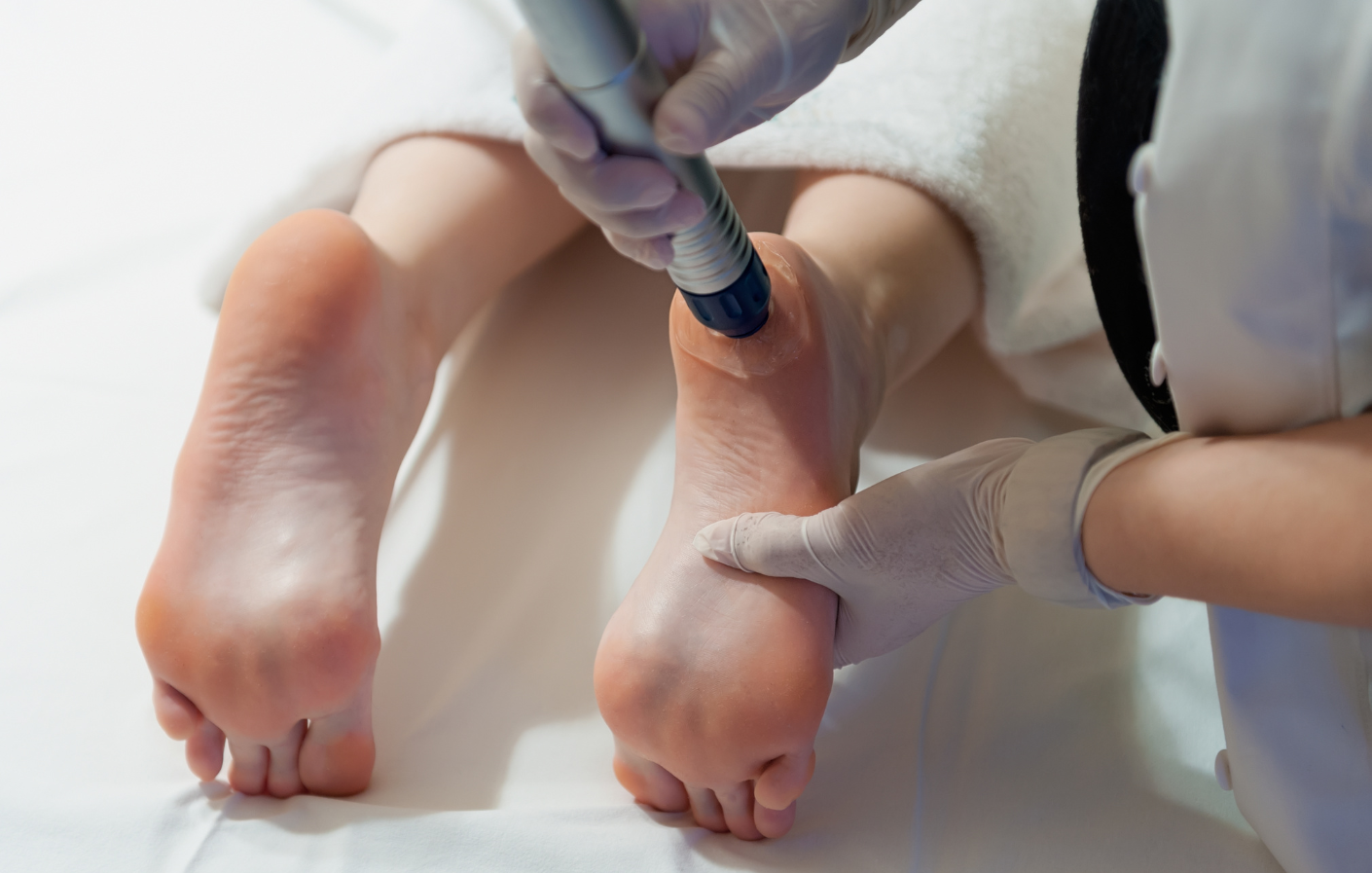

 As unpleasant as painful sensations are, our pain response is a very important way for our bodies to gauge what’s going on, when something is wrong, how bad it is, and alert us to take action. When we lightly strain a muscle, we get a mild pain sensation that lets us know to take it easy next time. When we break a bone, we get immense pain that lets us know to avoid putting pressure on the broken bone at all costs, so it doesn’t worsen, and can start to repair.
When our sensation is diminished, we can’t rely on our bodies to get this message to us accurately or efficiently. This leaves us vulnerable to feeling like we may have a mild achy toe, or a very minor ingrown nail that doesn’t require urgent care – whereas in reality it’s already been infected for days and needs to be treated ASAP, before the infection has a chance to reach the bone or we pick up a secondary infection.
As unpleasant as painful sensations are, our pain response is a very important way for our bodies to gauge what’s going on, when something is wrong, how bad it is, and alert us to take action. When we lightly strain a muscle, we get a mild pain sensation that lets us know to take it easy next time. When we break a bone, we get immense pain that lets us know to avoid putting pressure on the broken bone at all costs, so it doesn’t worsen, and can start to repair.
When our sensation is diminished, we can’t rely on our bodies to get this message to us accurately or efficiently. This leaves us vulnerable to feeling like we may have a mild achy toe, or a very minor ingrown nail that doesn’t require urgent care – whereas in reality it’s already been infected for days and needs to be treated ASAP, before the infection has a chance to reach the bone or we pick up a secondary infection.

We’ve welcomed the Nu-Tek low-level laser into our podiatry clinic. Here's how you tell if it could be the answer to your foot
pain.

Otherwise known as radial pressure wave therapy, shockwave therapy is a device held by our podiatrists and positioned against your foot or leg at the site of your injury.
Keeping your family on their feet and helping them to walk, run, play and exceed their goals is why we love getting up in the morning.
We're located inside the One Health medical centre at Building 122 Remuera Rd, Remuera, Auckland 1050, New Zealand
| MON - SAT | 8:30am – 6:00pm |
| SUN | Closed |
Make an Appointment
Online Schedule